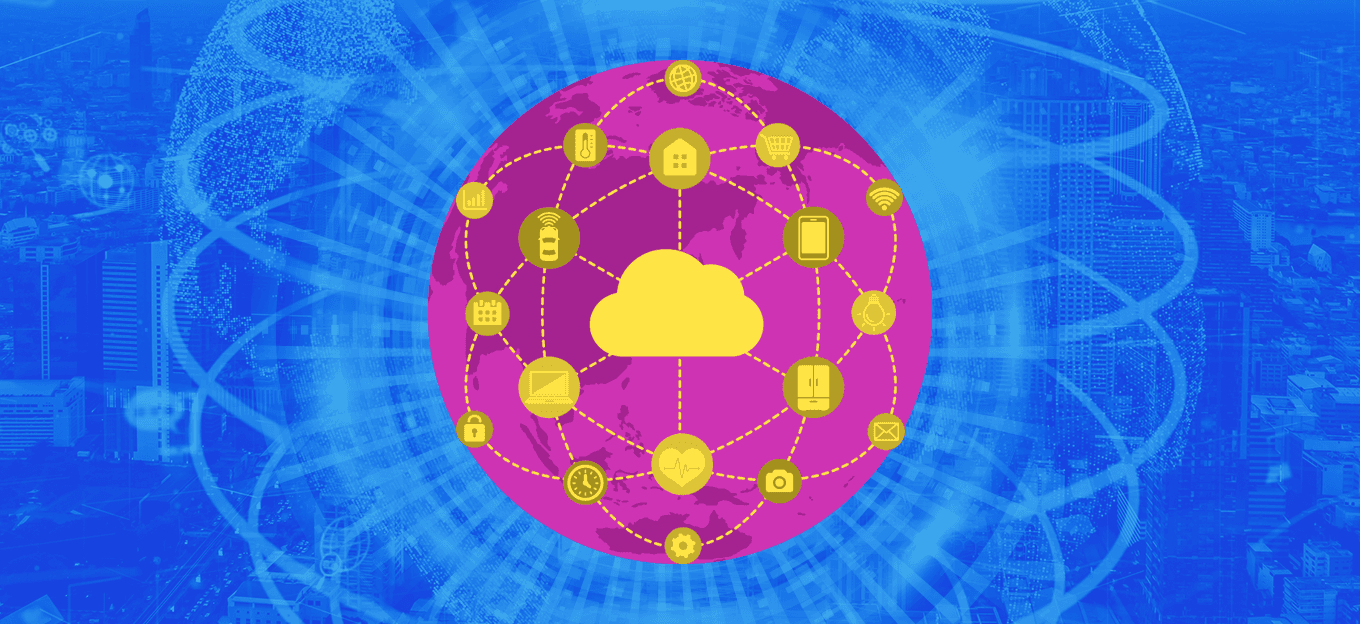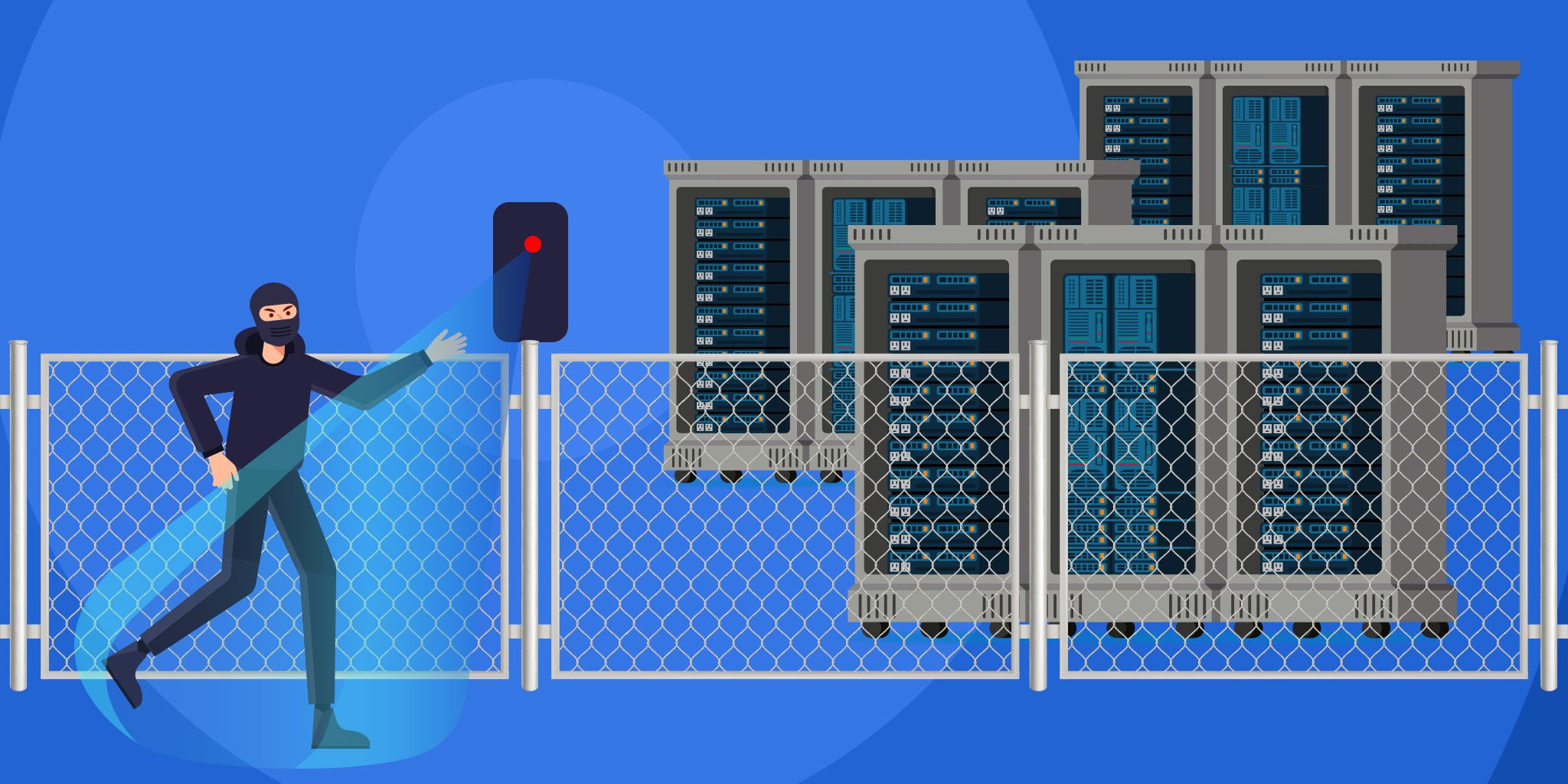4 Ways IoT Helps in the Battle Against Shoplifting
4 Ways IoT Helps in the Battle Against Shoplifting
- Last Updated: December 2, 2024
Zac Amos
- Last Updated: December 2, 2024



Internet of Things-connected devices are everywhere, even in places people may not expect to look. A reusable water bottle is as digitally reliant and intelligent as a smart security camera. Businesses see the utility of these products and employ them for safety against issues like shoplifting.
It’s more than security cameras now — other monitors save companies countless dollars in the fight against theft. There are several ways Internet of Things (IoT) devices alleviate the stress of shoplifters.
Why Aren’t Traditional Security Methods Effective?
Most traditional security methods rely on scaring people rather than preventing thieves from shoplifting in the first place. For example, shoppers may fear a camera is watching them, but they know people don’t continuously monitor them. Some aren’t even operational, motivating shoplifters to steal anyway.
The price is even more significant with supply-chain theft. A case study explored how the implementation of IoT in a food and beverage supplier saved them €58 million annually with an increased reputation in only three months of use.
Additionally, storefront detectors or cameras cannot retrieve what was lost. Filing a police report has slim chances of reclaiming lost inventory, but usually, it’s marked as a financial and emotional loss. Legacy systems are pricey already, so it feels like a wasted effort when the investment didn’t stop money from leaving the company.
Traditional security not only doesn’t stop shoplifters or return products, but it’s so ineffective that it reduces employee morale and safety. Manual patrols put workers in harm’s way while taking a massive amount of time away from more profitable efforts or customer service. So, how does the Internet of Things mitigate the concerns old-school shoplifting prevention methods cannot fix?
1. It Collects Data for Machine Learning
Retailers have to combat shoplifting with IoT because it’s on the rise. Shops saw a 26.5 percent average increase in crime incidents since 2021.
Cameras and other machines can connect to machine-learning algorithms to learn more about a store. The footage and information — such as repeated customers, times of day the most people come in, and other useful shoplifting statistics — are stored in a data well to assist management in identifying trends. Is there an uptick in visitors in particular parts of the store? Are the same employees going missing at unusual times of the day?
Information like this can flag workers in real-time when a pattern emerges, making action proactive instead of reactive. It helps with footage analysis as well. Instead of workers watching hours upon hours of video trying to find a security blip, machine learning finds irregularities in seconds. There’s less human error clouding judgments.
2. Geotargeting Has More Value
GPS is powerful, but putting a digital fence around the store is even better. With the help of IoT beacons and geofencing technology, managers have eyes when specific products leave designated areas.
For example, an electronics store selling televisions could have the products assigned to a store section. Leaving that geofence requires authorization from in-store personnel. Otherwise, alarms and notifications go off. Shoplifters won’t know these systems are in place because they’re invisible.
Geotargeting is a powerful technology that translates outside of the store as well. For example, it could track specific items with tags, leading local authorities straight to shoplifters.
3. There Are Smart Tags, Shelves, and Point-of-Sale Systems
Smart shelves, tags, and point-of-sale systems in the world of commercial IoT all aid in preventing shoplifting. They combine with the power of geofencing for an even more significant impact. However, classic organizational methods and keeping inventory in check make lost items easier to locate and help these systems stay even smarter.
These technologies connect to centralized software where sensors notify management of inventory changes, how many units remain, where they are, and even how much they weigh in case shoplifters try to trick stores with replacements. The software knows if a box or object leaves the shelf and store without a register scanning it.
4. Delivery and Tracking Have Instant Notifications
The least-practical aspect of old security tech is the failure to catalyze real-time action and prevention. The Internet of Things can do this because it has instant notification capabilities for deliveries and product tracking. Workers receive alerts during an active theft so they can take safety precautions, or know when large amounts of product increase or decrease from a section.
Radio frequency identification tracking (RFID) combines well with IoT for more well-rounded defenses. RFID tags enhance the automation capabilities of smart-tracking and notification-delivery systems. They are also less easy to find and remove, so shoplifters are less likely to identify them.
Leveraging IoT for Safer Shopping
Shoplifting decreases in the face of IoT tech. Stores and supply chains need these peripherals to save money, discover trends, and keep employees and inventory safe. Security cameras are helpful, but stores need all the help they can get in an age of increased shoplifting. Once a store creates a reputation for utilizing the Internet of Things and improving safety, it will deter burglary and theft in time.
The Most Comprehensive IoT Newsletter for Enterprises
Showcasing the highest-quality content, resources, news, and insights from the world of the Internet of Things. Subscribe to remain informed and up-to-date.
New Podcast Episode

Moving Past the Pilot Phase in IoT and AI
Related Articles





